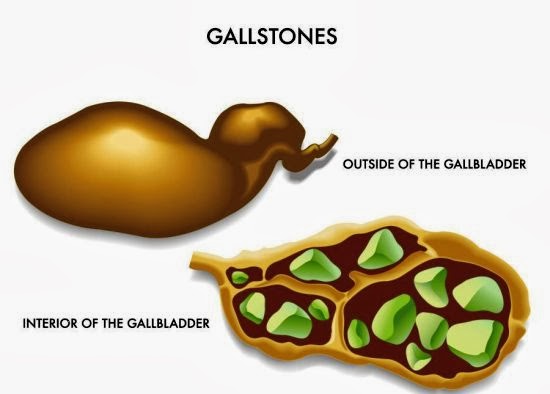The kidneys are two separate but identical organs that are part of the urinary tract system. This system produces urine and eliminates it from the body. The kidneys play a big role in many processes that are completed by the urinary tract system, which is why this is an essential part of our body. We have two kidneys, but we can live with only one. However, if our kidneys get infected, we can be in serious danger.
The kidneys perform a number of functions in the body, including filtering waste products from the blood, regulating electrolyte levels, regulating blood pressure and contributing to red blood cell production.
The kidneys are located on both sides of the body, near the lower back underneath the diaphragm. Each kidney connects to the bladder by ureters that drain urine to the bladder from the kidneys. Urine is excreted from the bladder through the urethra.
Our urinary tract system, which includes the bladder and the kidneys, can get infected by the substances that get into our body through the urethra. If your bladder gets infected, it's not as threatening as when you get an infection in the kidneys. Females are more prone to infections in the urinary tract system because they tend to have shorter urethras than males.
Sexual intercourse can also lead to infections to the urinary tract system because the urethra is open and substances that are harmful can easily enter the area and move through the system. Your urinary tract system is also at an increased risk if you are a pregnant woman or you have diabetes. It is also said that you increase the chance of getting kidney infections if you do not drink enough liquids, if you have kidney stones or if you have an enlarged prostate gland that can block the urine from flowing out of the body.
One of these symptoms of a kidney infection is painful urination. The urge to urinate but only passing a small amount of urine is another symptom. Some other signs are foul-smelling urine, feelings of a bloated stomach, elevated temperature, shaking, vomiting and a feeling of pain at your back where the kidneys are located. If you experience any of these symptoms, you should contact your doctor. Your doctor will have specific tests that can be performed to see if you indeed have problems in the urinary tract system.
Having issues with your urinary tract system is not pleasant, so if you feel the symptoms of kidney infection and other parts of the urinary tract, you should seek for help from an expert immediately.
The kidneys perform a number of functions in the body, including filtering waste products from the blood, regulating electrolyte levels, regulating blood pressure and contributing to red blood cell production.
The kidneys are located on both sides of the body, near the lower back underneath the diaphragm. Each kidney connects to the bladder by ureters that drain urine to the bladder from the kidneys. Urine is excreted from the bladder through the urethra.
 |
| Symptoms of Kidney Infections |
Our urinary tract system, which includes the bladder and the kidneys, can get infected by the substances that get into our body through the urethra. If your bladder gets infected, it's not as threatening as when you get an infection in the kidneys. Females are more prone to infections in the urinary tract system because they tend to have shorter urethras than males.
Sexual intercourse can also lead to infections to the urinary tract system because the urethra is open and substances that are harmful can easily enter the area and move through the system. Your urinary tract system is also at an increased risk if you are a pregnant woman or you have diabetes. It is also said that you increase the chance of getting kidney infections if you do not drink enough liquids, if you have kidney stones or if you have an enlarged prostate gland that can block the urine from flowing out of the body.
One of these symptoms of a kidney infection is painful urination. The urge to urinate but only passing a small amount of urine is another symptom. Some other signs are foul-smelling urine, feelings of a bloated stomach, elevated temperature, shaking, vomiting and a feeling of pain at your back where the kidneys are located. If you experience any of these symptoms, you should contact your doctor. Your doctor will have specific tests that can be performed to see if you indeed have problems in the urinary tract system.
Having issues with your urinary tract system is not pleasant, so if you feel the symptoms of kidney infection and other parts of the urinary tract, you should seek for help from an expert immediately.




+Symptoms.jpg)











